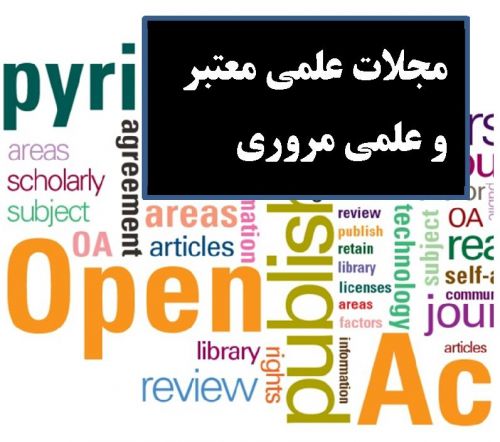The aim of this study is to develop a new model to predict the minimum miscibility pressure (MMP) of Iranian oil reservoirs. So far, different MMP correlations and models regarding the kind of injection gas and the mechanism of miscibility have been proposed, which are respectively based on mathematical and thermodynamic calculations. None of these correlations can be used with enough confidence and applying them for Iranian reservoirs is more or less prone to errors. In this article, compositional and empirical models introduced for predicting MMP regarding the composition of the injected gas and the condition in which miscible displacement is done have been studied. Experimental data from Iranian oil reservoir b with different injection gases carried out by slim-tube test have been used to obtain a new MMP correlation that is suitable to be applied to Iranian oil reservoir. By applying the new MMP correlation, one can determine minimum miscibility pressure of Iranian oil reservoir with more accuracy and within a shorter period of time. The predicted MMPs are compared with the experimental results reported from the above reservoirs .The sensitivity analysis is done and consequently their error percentage are determined and reported. Therefore, a suitable model with less error and more precision is introduced. It is shown that the results obtained from the new MMP model are more accurate when they are compared with other most common correlations reported in literature.
کلید واژگان :Minimum Miscibility Pressure, Gas Injection, MMP correlations, oil reservoir, sensitivity analysis.
ارزش ریالی : 500000 ریال
با پرداخت الکترونیک
